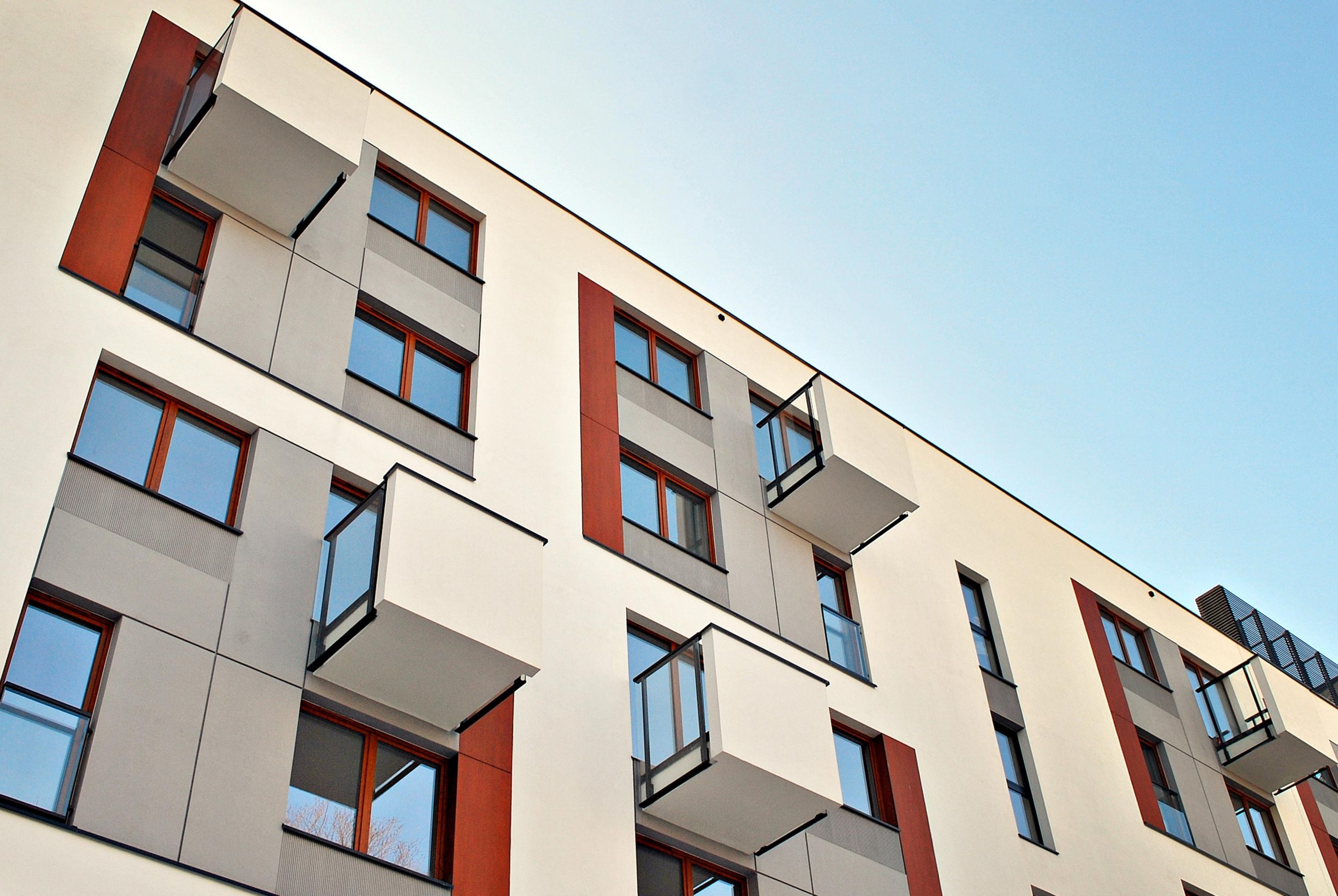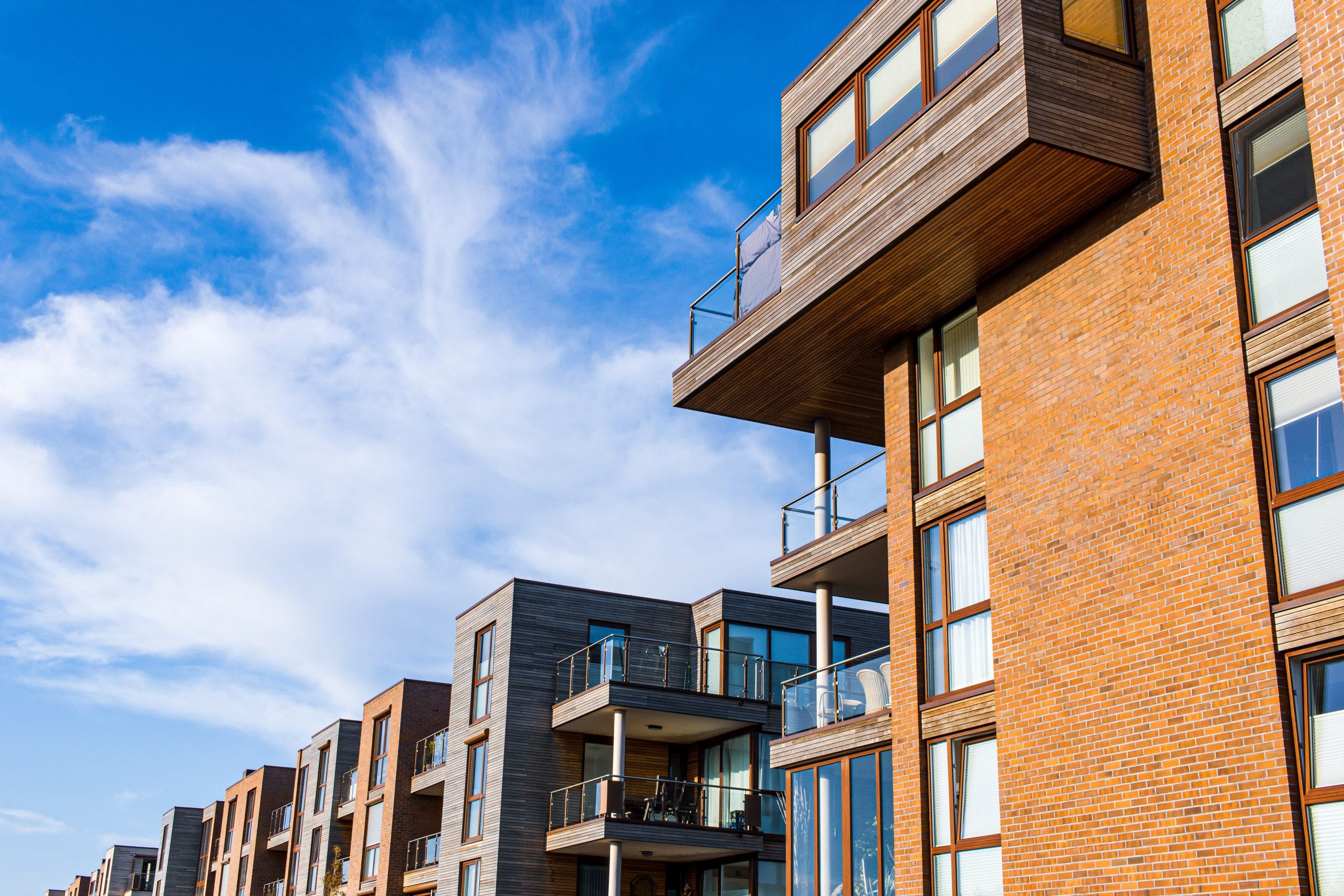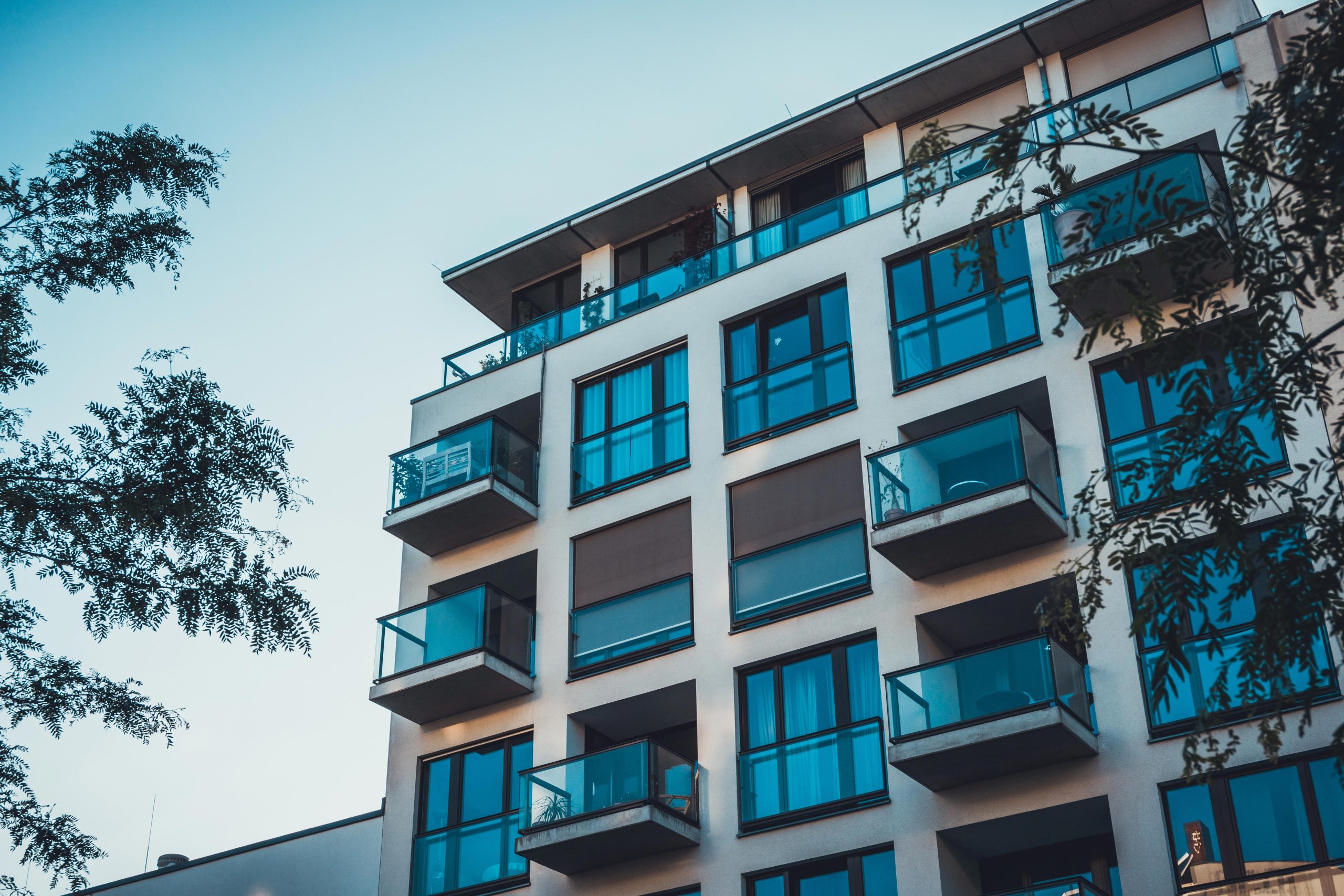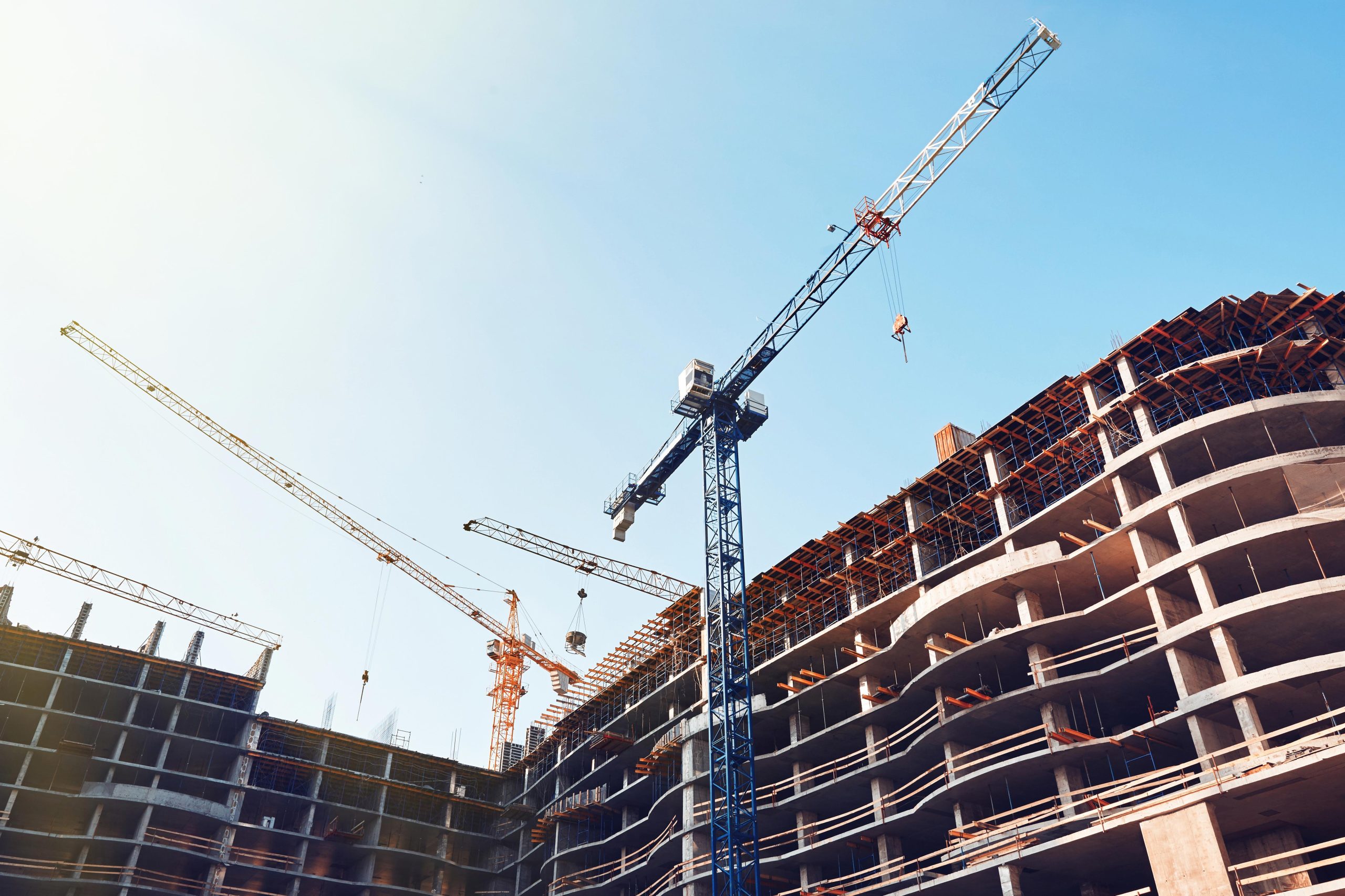Disputes between managing agents and leaseholders regarding who pays for what are not new and occur relatively frequently. Whether they’re about retiling a roof, carrying out necessary repairs, or in this case refurbishing a lift. The dispute in the case of Mr Reekie v Oakwood Court Residents Association Ltd (OCRA) revolved around whether the leaseholder, Mr Reekie, was required to contribute towards the cost of the work carried out on the lift, when he claimed he had never used it.
Case background
The property in question was Oakwood Court, which was formerly a house, but has since been converted into 8 flats, with 2 on the ground floor, 3 on the first floor and a further 3 on the second floor. Mr Reekie owns Flat 1 and 2 on the ground floor, as well as Flat 5 on the first floor. As Flats 1 and 2 are accessed via a front entrance, the cost of the works was being distributed between the remaining 6 flats. Flats 3 to 8 are accessed via a side entrance that leads to a staircase and the lift in question. However, at some point after the house had been converted to flats, an internal staircase had been built from Flats 1 and 2 to Flat 5, and this was already in place when Mr Reekie purchased the three flats, hence why Mr Reekie stated he had never used the lift.
In 2019 OCRA demanded £3,870 from each of the leaseholders of Flat 3 to 8 for the cost of refurbishing the lift. However Mr Reekie refused to pay this and issued proceedings to determine whether the service charge was payable by him.
The FTT
The lease for Flat 5 required the management company to keep the lift in repair and the leaseholder was obliged to pay a specific percentage of the Total Service Cost (TSC) in equal half yearly payments (the service charge). Also included within the lease was Clause 3(1), which entitled the management company to give notice at anytime requiring payment within 14 days of a contribution towards ‘any unusual or unexpected expenditure’ required in order for it to perform its covenants. The demand for a contribution from Mr Reekie towards the lift was made under Clause 3(1).
Within the case there was one clause within the lease that was focused on in particular, and became the point of contention, which was:
‘In respect of any parts of the main structure of the Building (for example the lift flat roofs or balconies) and the driveway leading to the garages at the rear which are the responsibility of the Company under Part One of this Schedule but of which only a tenant or certain tenants have the use the Company may charge such tenant or those tenants either the whole or such part as the Company thinks fit of the cost of maintenance of those parts to reflect such use’.
The FTT was of the opinion that ‘have the use’ was seen as ‘able to use’ and therefore Mr Reekie was liable to contribute towards the costs of the lift refurbishment.
UT decision
Mr Reekie chose to appeal the decision of the FTT and his appeal was based upon the following wording, within the same clause mentioned previously:
‘the Company may charge such tenant or those tenants.. the cost of maintenance of those parts to reflect such use’
Mr Reekie interpreted this to mean that the amount required to be contributed by each leaseholder was determined by how much they used the lift, and as he has never used it, he shouldn’t need to contribute anything. However, the UT agreed with the FTT’s interpretation of the lease, in that the wording ‘have the use of’ within the clause, meant that any leaseholder who was able to use the lift should contribute, which included Flat 5.
The UT went on to state that it did not agree with Mr Reekie’s interpretation of the wording ‘to reflect such use’, as if this was the case the management company would be left with a continual shortfall. Additionally, the building would require surveillance to monitor the usage of the lift or a substantial amount of trust between the leaseholders to identify who was using the lift the most and therefore who should contribute the most to its maintenance. The appeal was therefore dismissed by the UT and Mr Reekie was required to pay towards the repairs the same as other leaseholders.
Conclusion
In the majority of leasehold cases the lease will hold the answer and the liability for service charge payment across all areas of the estate, whether enjoyed or not, is very clear. As a result, that kind of leaseholder dispute can often be resolved swiftly. However, in this instance, the wording within the lease was interpreted in different ways, causing the dispute. In scenarios like this we would recommend seeking advice before works start or demands are sent, so that you’re fully aware of any issue that may come up and how to deal with them should they do so.




